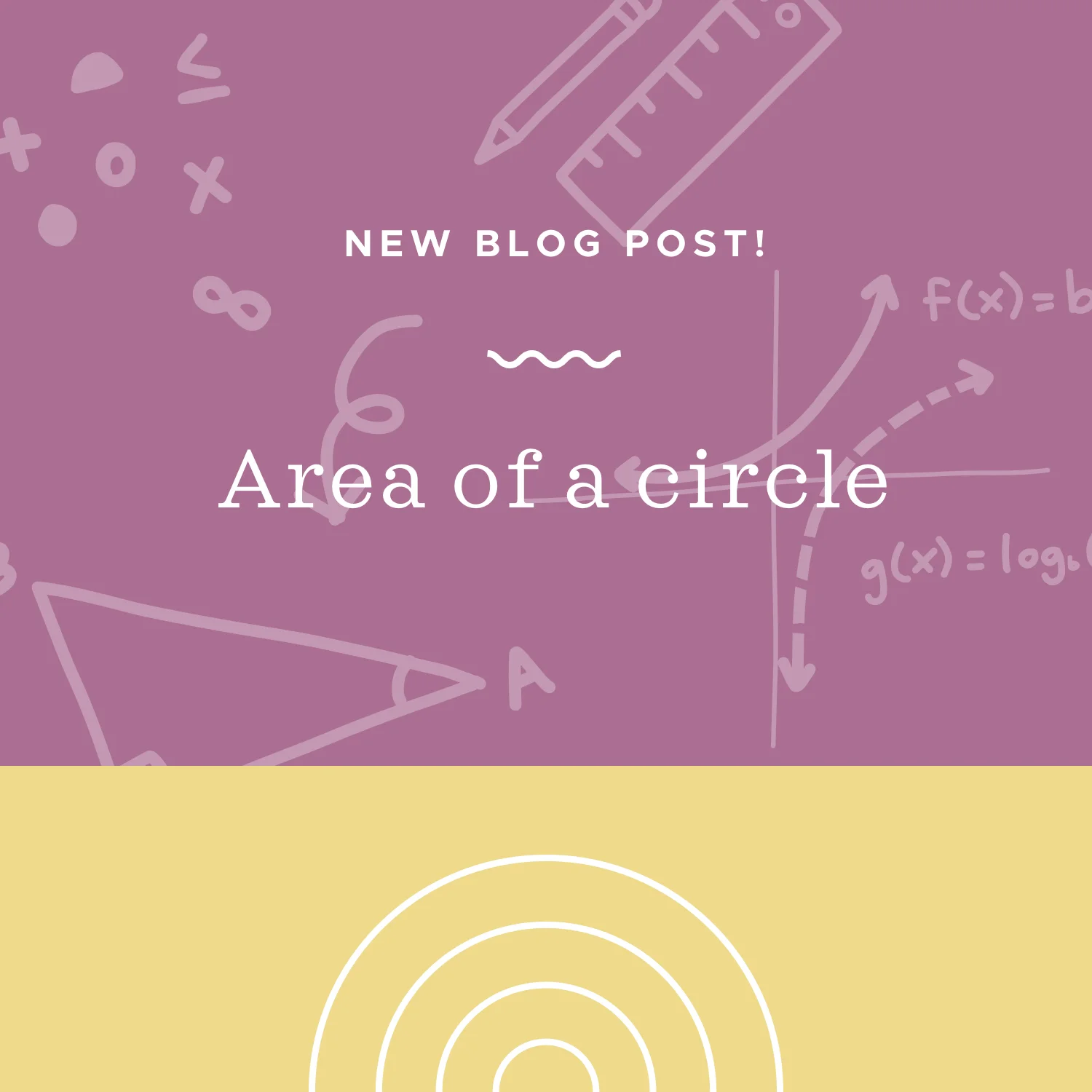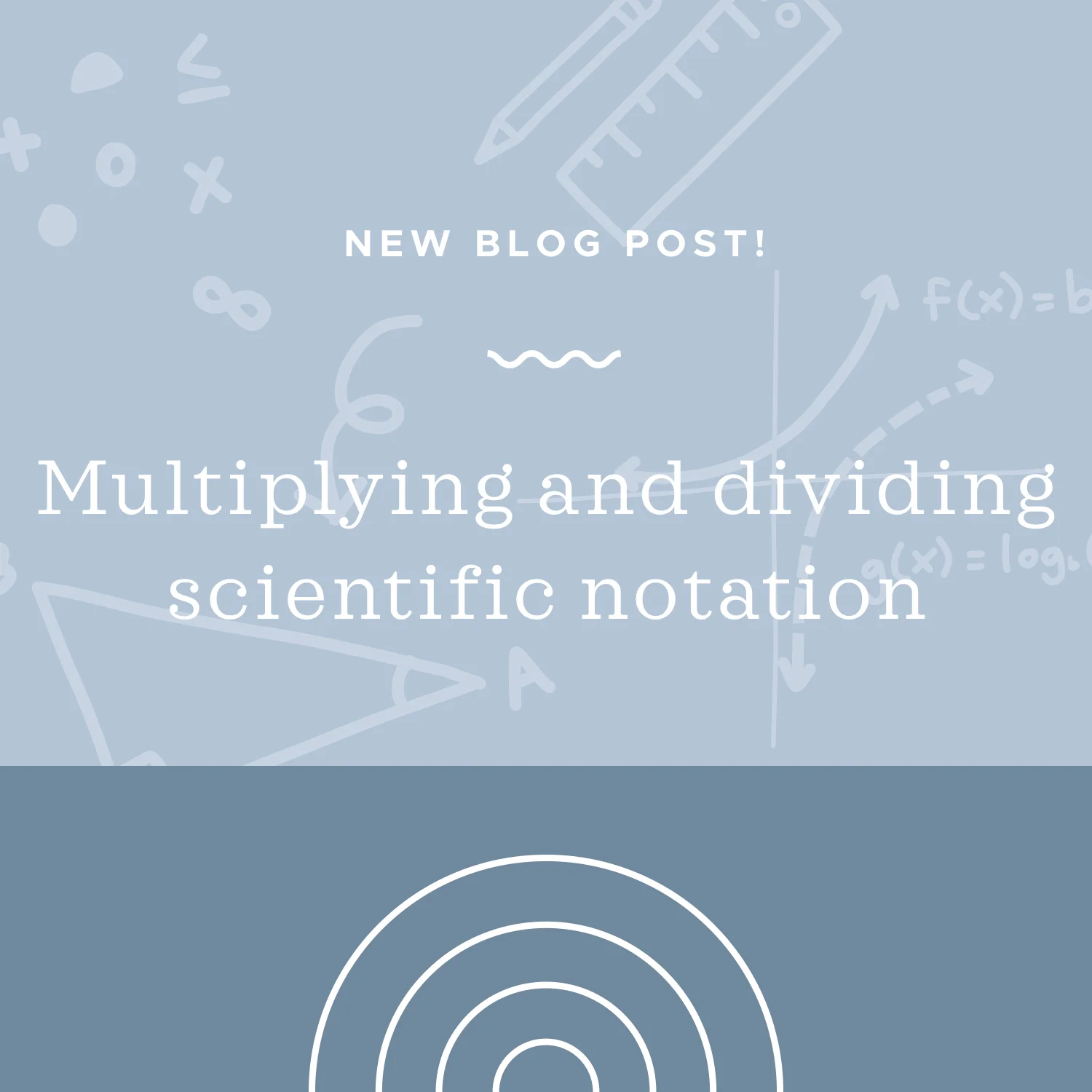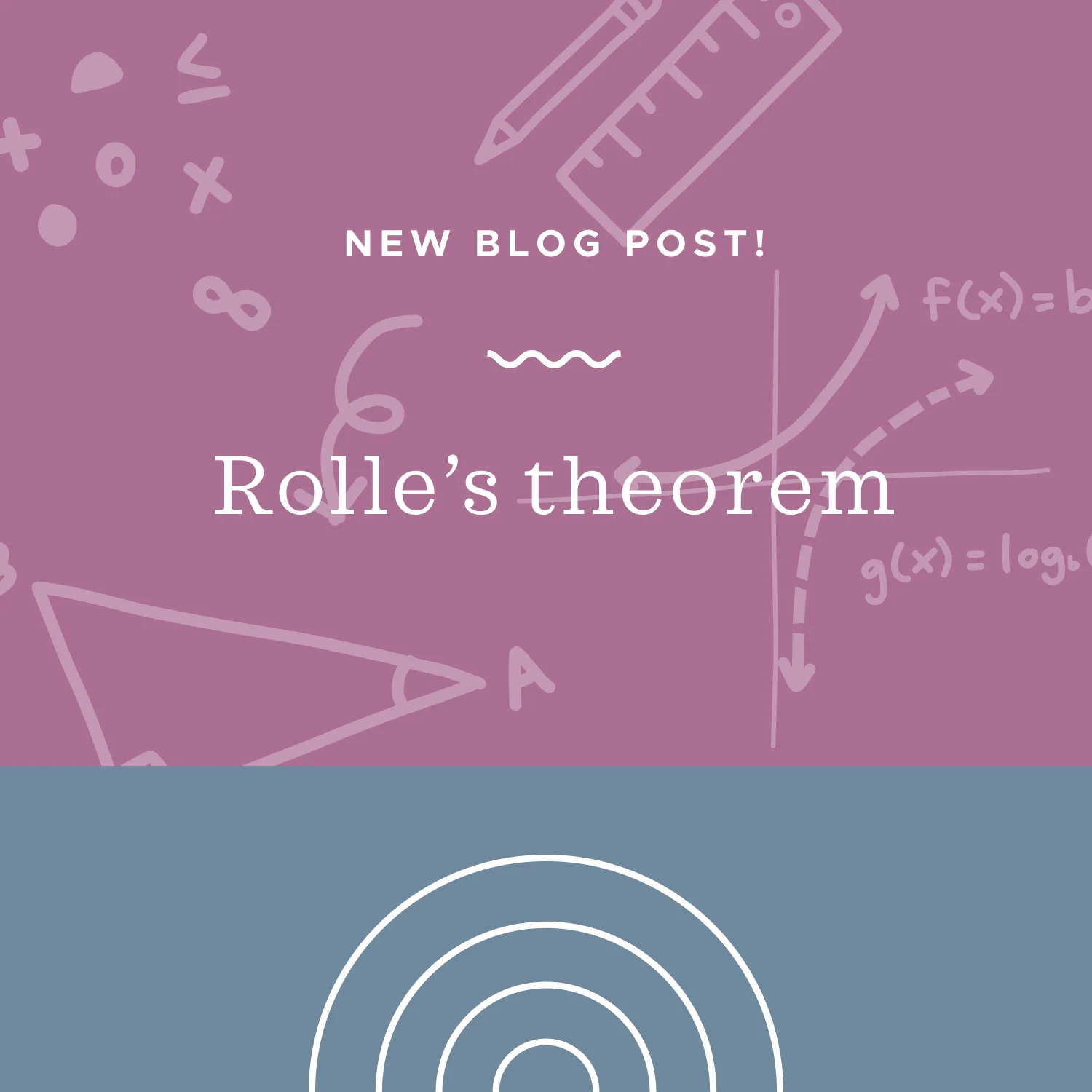We already know that we can use double integrals to find the volume below a function over some region given by R=[a,b]x[c,d]. We use the double integral formula V=int int_D f(x,y) dA to find volume, where D represents the region over which we’re integrating, and f(x,y) is the curve below which we want to find volume.
Read MoreWe know how to use power rule to take the derivative of a power function, and now we’ll learn how to use product rule to take the derivative of a product. In other words, when we’re given a function which is itself a product of functions, we use the product rule for derivatives in order to differentiate it.
Read MoreUp to now we’ve been talking about statistics, which is all about data, and how to display, summarize, and analyze data. Now we’ll transition into probability, which is all about the likelihood of whether or not some event will occur.
The reason we study statistics and probability together is because when we collect data as part of a statistical study, we want to be able to use what we know about probability to say how likely it is that our results are reliable. So in that way, statistics and probability go hand-in-hand.
Read MoreTo find the equation of the tangent line to a polar curve at a particular point, we’ll first use a formula to find the slope of the tangent line, then find the point of tangency (x,y) using the polar-coordinate conversion formulas, and finally we’ll plug the slope and the point of tangency into the point-slope formula for the equation of a tangent line.
Read MoreAge word problems are like number word problems. You’ll still need to relate sentences in English to mathematical equations to solve for people’s ages. In this lesson we’ll look at how to do that. One helpful way to organize these types of problems is by making a table.
Read MoreIf a line and a plane intersect one another, the intersection will either be a single point, or a line (if the line lies in the plane). To find the intersection of the line and the plane, we usually start by expressing the line as a set of parametric equations, and the plane in the standard form for the equation of a plane.
Read MoreMixed measures are measurements like hours, minutes and seconds, or yards, feet, and inches. If we want to add two sets of mixed measures, the method we use is essentially the same thing we do when we add mixed numbers. First, we add the individual measures, like hours or minutes, or yards or feet, separately. That’s the easy part. The trickier part is the second part, which is simplifying the result of the first part.
Read MoreConjunctions are “and” statements. And you might be thinking, “What does that have to do with a number line?” Well, there are times when we have two inequalities and we want to graph the points that satisfy both of them. That’s where the “and” comes in: We want to graph the points that simultaneously satisfy both the first inequality and the second inequality.
Read MoreThe area of a circle is given by A=πr^2, where π is the constant approximately equal to 3.14, and r is the radius of the circle. The radius r is the distance from the center of the circle to the edge of the circle. The diameter of the circle is double the radius; it’s the distance from one side of the circle to the other, through the center of the circle.
Read MoreLike the binomial distribution, the Poisson distribution models a discrete random variable, and it’s particularly useful for finding the probability that a specific number of events will occur in a given period of time.
Read MoreTo find the volume from a triple integral using cylindrical coordinates, we’ll first convert the triple integral from rectangular coordinates into cylindrical coordinates. We’ll need to convert the function, the differentials, and the bounds on each of the three integrals. Once the triple integral is expressed in cylindrical coordinates, then we can integrate to find volume.
Read MoreSometimes we’ll have problems where we’re asked to multiply and divide scientific notation at the same time. It doesn’t matter if we do the multiplication first and then the division, or the division first and then the multiplication. Either way, our process for multiplying scientific notation doesn’t change, and our process for dividing scientific notation doesn’t change.
Read MoreThink about the average value of a function as the average height the function attains above the x-axis. If the function were y=3, then the height of the function is always 3 everywhere, so the average height of the function would also be 3. When the function gets more complicated, we can use the average value formula to find its average height on [a,b].
Read MoreThe Mean Value Theorem tells us that, as long as the function is continuous (unbroken) and differentiable (smooth) everywhere inside the interval we’ve chosen, then there must be a line tangent to the curve somewhere in the interval, which is parallel to this line we’ve just drawn that connects the endpoints.
Read MoreIt’s easier for us to evaluate logs of base 10 or base e, because calculators usually have log and ln buttons for these. When the base is anything other than 10 or e, we can use the change of base formula.
Read MoreIn this lesson we’ll look at how the translation of a figure in a coordinate plane determines where it’s located. A translation is a transformation that moves a figure in a coordinate plane from one location to another. In this way a translation can be thought of as a slide with no rotating. The slide won’t change the shape or size of the figure, and with no rotation, the orientation won’t change either.
Read MoreThe zeroes of a single-variable polynomial are the values of that variable at which the polynomial is equal to 0. Completing the square is a method we can use to find the zeroes of a quadratic polynomial. Another way to say this is that completing the square is a method we can use to solve the corresponding quadratic equation (the equation that has the quadratic polynomial on one side and 0 on the other side).
Read MoreRolle’s Theorem can prove all of the following: 1) The existence of a horizontal tangent line in the interval, 2) A point at which the derivative is 0 in the interval, 3) The existence of a critical point in the interval, and 4) A point at which the function changes direction in the interval, either from increasing to decreasing, or from decreasing to increasing.
Read MoreThe nice thing about functions and their inverses is that if you know two points, say (a1, b1) and (a_2, b_2), on a function f(x), then two points on its inverse f^(x) need to be (b_1, a_1), and (b_2, a_2). This works out very nicely if we know two points on a line and we want to find the inverse function.
Read MoreWhen the discriminant is negative, the roots of the quadratic equation are complex, meaning that they’re complex numbers that include the imaginary number i. When the roots of a polynomial equation that are real numbers are also called real zeroes of the corresponding polynomial. Similarly, the roots of a polynomial equation that are complex numbers are also called complex zeroes of the corresponding polynomial.
Read More





















